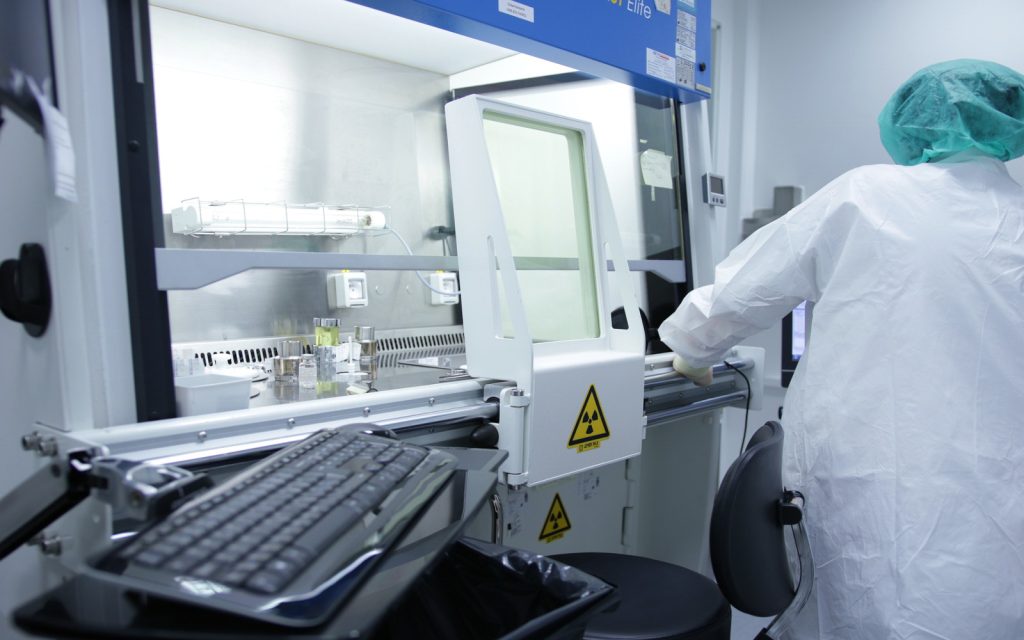Safety Integrity Levels (SIL) are a crucial aspect of safety management in industrial settings, particularly within the process industries. As the need for reliable safety systems has increased, the concept of SIL has become more prominent, yet it often remains misunderstood.
This article aims to clarify what SIL is, its significance, and how it can be accurately calculated, providing essential insights for safety managers, industrial hygienists, plant managers, and other professionals in the field.
What is Functional Safety?
To understand Safety Integrity Levels, it’s important first to grasp the concept of Functional Safety. Defined by the IEC 61508 standard, Functional Safety refers to the safety provided by control systems within a plant or process. This concept emerged from the need to ensure that safety systems could reliably prevent accidents or mitigate their consequences.
The development of standards like IEC 61508, IEC 61511, and ANSI/ISA 84 has formalized methods to achieve risk reduction in industrial environments, focusing on performance-based criteria rather than prescriptive measures.
Functional Safety is achieved through the proper functioning of safety systems, including logic solvers, sensors, and final elements. When these components work correctly, they ensure that safety functions are executed effectively, thereby reducing process risks to acceptable levels.
Safety Instrumented Systems (SIS)
A Safety Instrumented System (SIS) is designed to protect industrial processes by taking a plant to a safe state when certain conditions are met. This can involve shutting down equipment, venting hazardous substances, or initiating other protective measures.
Each SIS consists of one or more Safety Instrumented Functions (SIFs), which are responsible for specific safety tasks. For example, a SIF may monitor pressure levels and trigger an emergency response if they exceed safe limits.
It is a common misconception that all components within an SIS must have the same SIL rating. In reality, each SIF can have a different SIL level depending on the required safety performance, as defined by the Probability of Failure on Demand (PFD).
What is Safety Integrity Level (SIL)?

SIL is a measure of the reliability and effectiveness of a safety system, expressed in terms of the probability of failure on demand. There are four SIL levels—SIL 1 to SIL 4—with SIL 4 representing the highest level of safety integrity and the lowest probability of failure. Higher SIL levels typically require more complex and costly safety systems.
The purpose of assigning a SIL level is to quantify the safety performance required to mitigate specific risks. This is particularly important in industries where failure can result in severe consequences, such as chemical processing, oil and gas, and pharmaceuticals.
How to Calculate SIL
Calculating the appropriate SIL level involves several steps, beginning with a Process Hazard Analysis (PHA). This analysis identifies potential hazards and evaluates the effectiveness of existing safety measures. If the residual risk—after accounting for Basic Process Control Systems (BPCS) and other layers of protection—is deemed too high, additional safety measures are required.
The next step is to determine the Risk Reduction Factor (RRF), which is the inverse of the PFD. The required RRF indicates the level of risk reduction needed, guiding the selection of the appropriate SIL level. For instance, if the PHA determines that the risk must be reduced by a factor of 100, a SIL 2 system would be required.
Example of SIL Calculation
Consider a pressure vessel containing flammable liquid, controlled by a BPCS. If a malfunction in the BPCS could lead to an overpressure scenario, the resulting risks—such as explosion or fire—might be unacceptable. In this case, a SIS could be implemented, including a pressure transmitter, a logic solver, and a relief valve to safely vent excess pressure.
If the required risk reduction factor is 100, the SIS would need to achieve a PFD of 10−210^{-2}10−2, corresponding to SIL 2. This means the SIS should be capable of preventing failure in 99 out of 100 demand instances.
Importance of Correct Implementation
It is crucial to note that individual components cannot be SIL-rated; rather, they are deemed suitable for use within systems of a particular SIL level. The end user must ensure the correct implementation and integration of these components to achieve the desired safety integrity.
Understanding and implementing the correct SIL levels are vital for ensuring safety in industrial processes. By accurately assessing risks and applying the appropriate safety measures, organizations can protect their personnel and assets while complying with regulatory standards.
For more information or to request a quote for Interscan’s Accusafe or GasD 8000 systems, please contact our team. These advanced gas detection systems are designed to help you maintain safety integrity and protect your facility from potential hazards.


